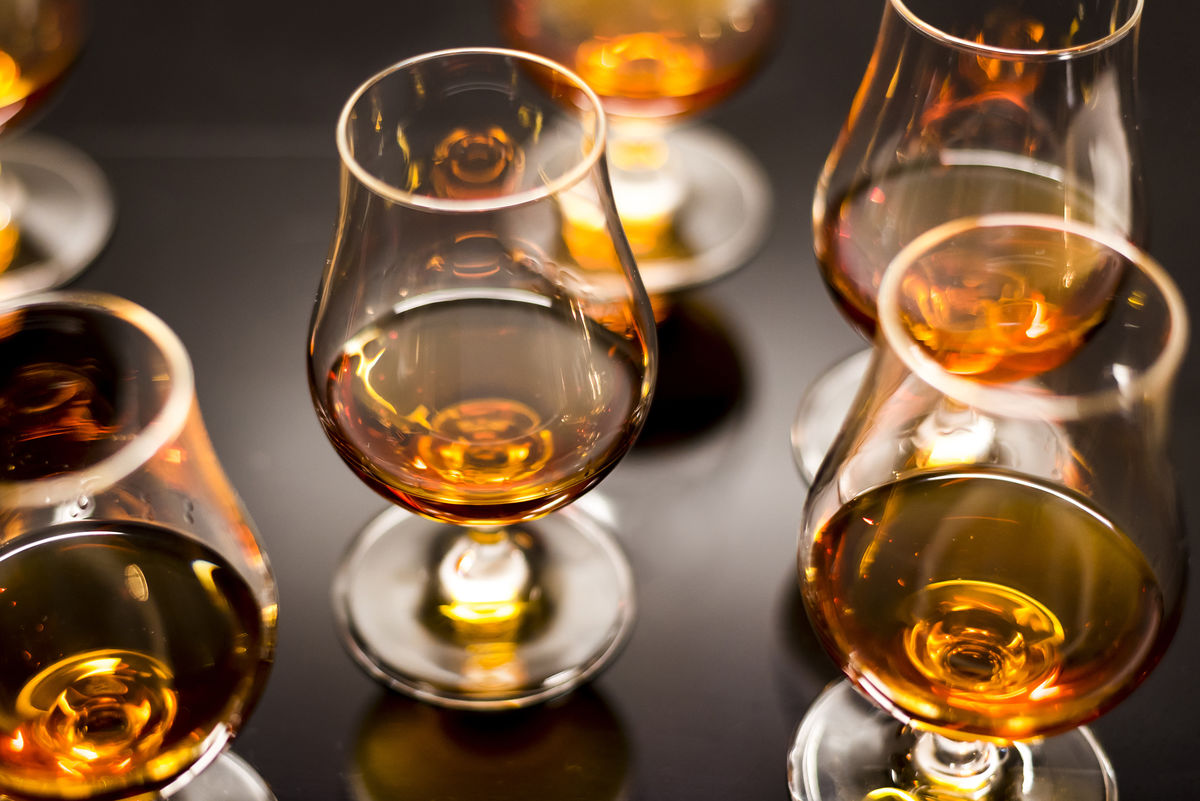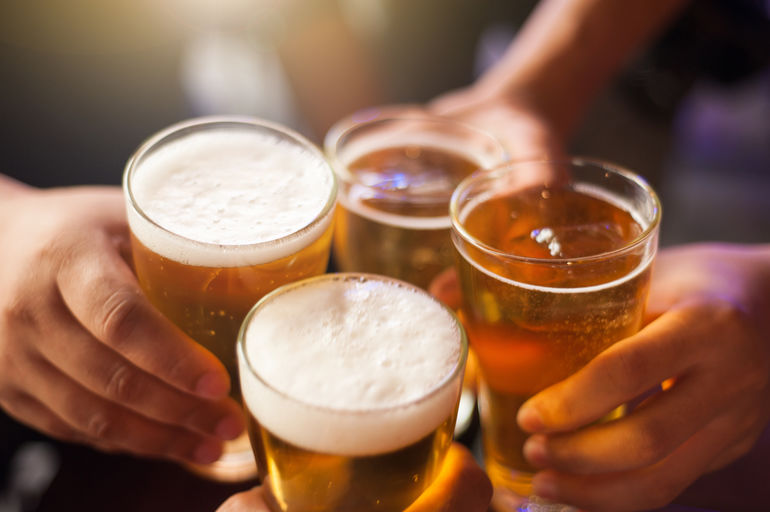Start 14-Day Trial Subscription
*No credit card required

4 Things To Remember When Looking For Quality Beer
Wherever you go, you may want to chill out and try bars in the foreign country you're visiting. Wherever you may be, there is surely an awesome bar or two that serves amazing beer. Alternatively, if you're at a party and want to drink only the finest beer, you may need to consider some factors.
Especially if they serve it in a glass and not directly from the beer's bottle (where you can check out its vital stats), you need to remember the following:
1. Alcohol Content
One of the metrics to identify a quality beer is its alcohol content. Generally, you can find the Final Gravity (FG) and Original Gravity (OG) readings on the label of the beer. These readings are essential to measuring the Alcohol By Volume (ABV) of a beer. This computation is done during and after the beer's fermentation process.
Another method is the Alcohol By Weight (ABW), wherein it gets the total mass's percentage of the beer. Thus, 4.0% ABV is about 3.2% ABW while 100% ABW is always 100% ABV.
Alcohol content affects the beer's flavor, which is also vital in identifying the quality of beer. Since many beers are made for swigging, not sipping, balanced alcohol content creates a high-quality beer.
That's why the majority of beers have much lower ABVs so you can chug more bottles of beer. You can even try out the 10 best non-alcoholic beers that are actually good in 2020.
2. Color/Appearance
Although the color of beer varies from dark to light, beer makers use beer color analysis to set standards for beer quality. As a result, the color of the beer can show the ideal appearance, texture and taste of a beer. Thus, most beer manufacturers use spectrophotometric technology to measure the consistency and quality of their beers.
Because beer color is one of the first things you consider when choosing a beer, these manufacturers analyze the color of beers. Other times, these are factors that can affect the color of the beer:
- Specialty Ingredients - Syrup or fruit additions can add flavor and visual interest. For instance, cranberries can give your beer a blood-red color.
- Hop Usage - With a high amount of hops, the beer will likely have a lighter color. It's because hops leave acids and polyphenols behind during the brewing process, creating a haze that affects the color of your beer.
- pH Level - The more acidic the color of the beer is, the more likely it is to become paler.
- Boil Length - On the other hand, if the beer is more Maillard brown, then your beer must have been boiled longer.
Especially when you're drinking beer from parties in which they serve in a glass, you should first check the color. Although it won't exactly tell you how the beer will taste, it's generally setting your expectations. Just like how the food recipes and ingredients in sites like foodsharkmarfa appear great, it only shows how tasty they are when the recipe is followed precisely. Generally, a beer color that gives toffee and caramel flavors are those with copper and amber color. On the other hand, beers with a lighter color probably give off a very light toast, bread or biscuit-like flavor.
Most importantly, try swirling your beer in the glass a little to check if it's a high-quality beer. When you do this, it's a good beer if it leaves trails of foam on your bottle or glass edge.

3. Aroma
You also need to remember that when choosing the best beer, you need to smell it. Before even tasting the beer, the aroma can tell you if it's good or not. It's because it tells you what ingredients have been used when brewing the beer.
So if you want a beer with plenty of roasty malt character, well, you should be able to smell the sweet aroma of malt.
Especially if you're a beer drinker, you can quickly identify if it's a good one or not by sniffing it. Thus, if you smell something off from what you've been used to, then the beer may not be of good quality.
4. Taste
Although the taste of the beer varies, too, a quality one should not have any off elements in the aftertaste. So whether you want a bitter or sweet beer, it should taste that way throughout.
In short, good beer will give your taste buds a balanced taste. It means that the beer should not have one flavor that overpowers the rest. If it does, it'll most likely taste unpleasant. For instance, if the beer is too bitter, and it overpowers the rest of your taste buds, then you won't feel satisfied at all.
That's why many unpleasant aftertastes come from an unbalanced beer flavor. But for quality beers, they may have an aftertaste, but it fades quickly.
Conclusion
Now you won't have to settle on a beer they insist on giving you because you know the factors for making a high-quality beer. From its alcohol content to its appearance, you can identify a good one from the others. And when it's time to evaluate the beer, you need to focus on its aroma and taste. That way, you'll surely choose a high-quality beer to enjoy during a gathering or a night out.




Comments
This is probably the worst article on beer appreciation that I have ever read. No wonder the author didn’t leave their name.